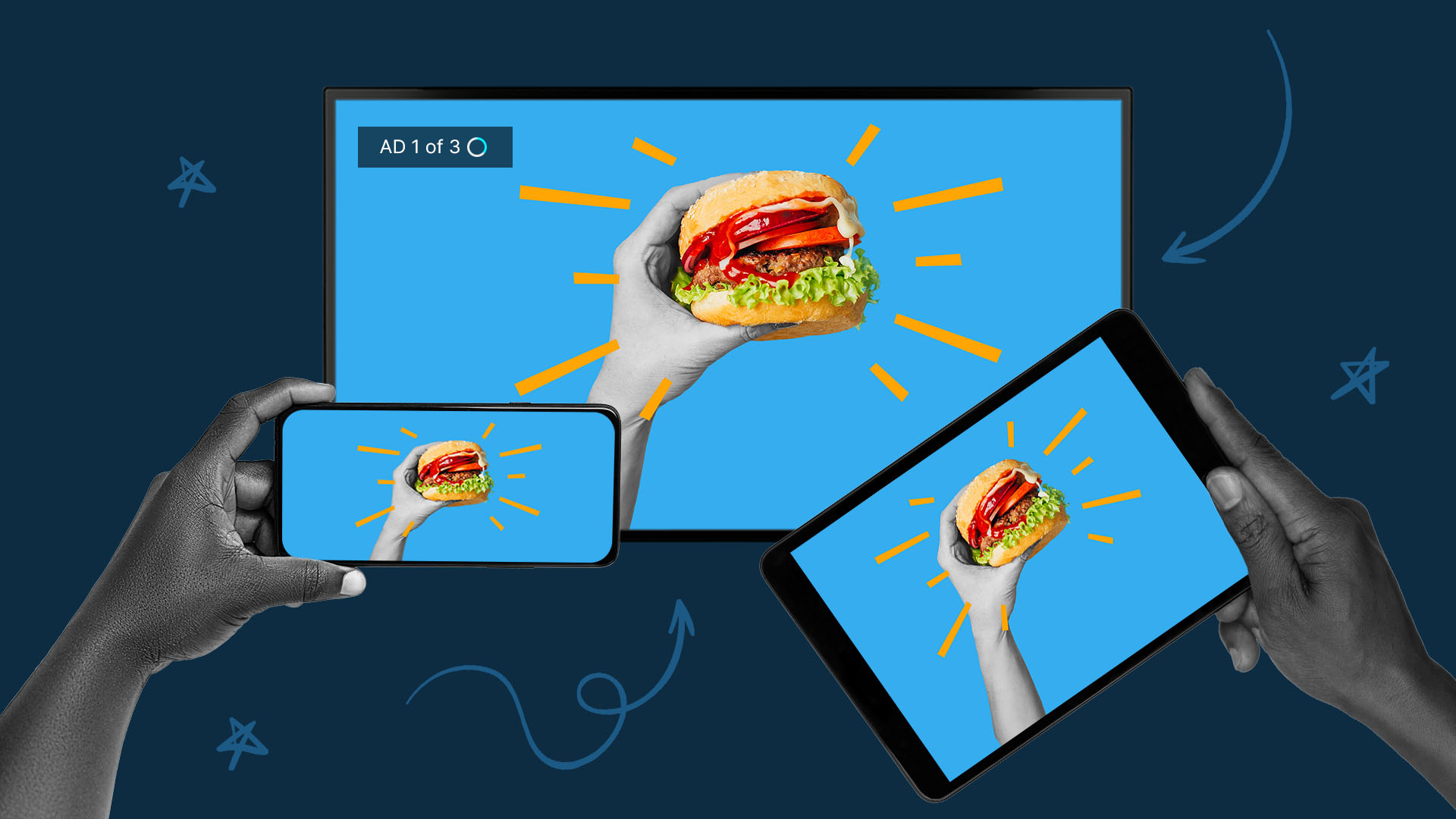The Necessity of Video in Hybrid Workspaces

If there’s one thing that’s certain in a world of uncertainty, it’s that the COVID-19 pandemic has fundamentally changed how employees and employers alike have approached the workplace.
The year 2020 saw a shift to remote work to protect the health and safety of workers. With 2021, however, came the introduction to the COVID-19 vaccine and a focus on the new buzzword: “hybrid working.”
Hybrid work, or the mixture of at-home and in-person work, quickly became an arrangement that employees and employers favored over traditional work methods. In fact, 77% of workers surveyed in a 2021 Microsoft study stated they’d like to continue flexible hybrid work in the future. Even more impressively, 83% of employers claimed the switch has been successful for their business.
With such high approval from both ends, it’s clear that the hybrid work arrangement is here to stay, though that’s not to say that this new environment has been without its difficulties.
Video, in particular, has proven to be an essential tool with hybrid success, though it presents its own challenges. However, by remaining open to new opportunities, your company can continue to find success in unprecedented times.
Learn More: Social Media Video Ad Specs & Placements Guide
The Challenges of Hybrid Work
As the dominance of the hybrid workplace is still relatively new, there has been an onslaught of obstacles that companies have had to overcome. Some of the most prominent include management, communication, and the employee experience.
Specifically, there’s the struggle of balancing workloads both at home and in the workplace, the issue of finding communication tools and platforms everyone has access to, and the concern that meeting effectiveness has gone downhill.
In response, many businesses have used remote video to continue workplace interaction and oversee operations. Plenty of old and new remote video platforms alike have risen in popularity, including Zoom, Microsoft Teams, and Google Hangouts.
However, these platforms had their imperfections. Some workers faced technical problems, such as difficulty connecting to audio and video. Others had more difficulties approaching video communication as a concept. For instance, they found it difficult to successfully share their opinions or feedback during virtual meetings or felt their presence had less impact while at home.
The key for many companies, then, continues to be how to find a balance between in-person and remote communication. This is where the opportunities for remote video began to surface, both with everyday work and with companies’ creative side.
The Opportunities of Hybrid Work
On the other hand, remote video offers you and your company numerous opportunities to elevate both daily work and bigger endeavors. Though remote video platforms came with more kinks than solutions initially, video platform businesses have rolled out new tools to alleviate these issues.
For instance, platforms are introducing noise-removal, video-sharing, and integration with email and file-sharing to solve technical problems. They are also implementing methods to make communication more seamless so workers can communicate across emails, messages, phone calls, and video calls without using multiple programs.
Furthermore, marketing teams, in particular, have discovered that the rise of video can help with their everyday efforts and their campaign strategies. Firstly, a mixture of remote and in-person collaboration allows for more flexibility, increases project turnaround time, and presents a greater opportunity to work with global talent. Even better, marketers can take advantage of new video technology and software for creating their campaigns.
One report predicts that 82% of global internet traffic will be from streaming videos and downloads in 2022. It’s not only employees and employers that want to incorporate video into their lives — customers want to see more video from brands, too.
Marketers can target this demand by making video advertisements that appeal to the contemporary consumer. This presents new opportunities to connect with customers who have had to deal with the dramatic shift to the digital world as well.
Your Business and Hybrid Work
The hybrid workplace is here to stay, along with the new technology that has come along with it. Remote video has become a necessity to survive and create a balanced atmosphere for companies. If done correctly, video can bridge the gap between in-person, hybrid, and remote teams across the entire corporate ecosystem.
Of course, it’s just as important to meet customer demand in unprecedented times, too. Fortunately, there are resources available to help marketers meet new video marketing opportunities. Quickframe gives you the tools, strategies, and assistance you need with nailing modern-day marketing campaign demand easily, efficiently, and, most importantly, affordably.
Do More with Video
Learn how we can help you produce more quality videos affordably and at scale.


